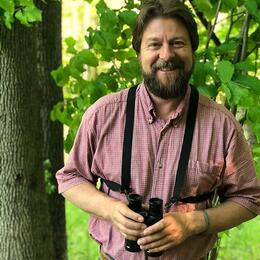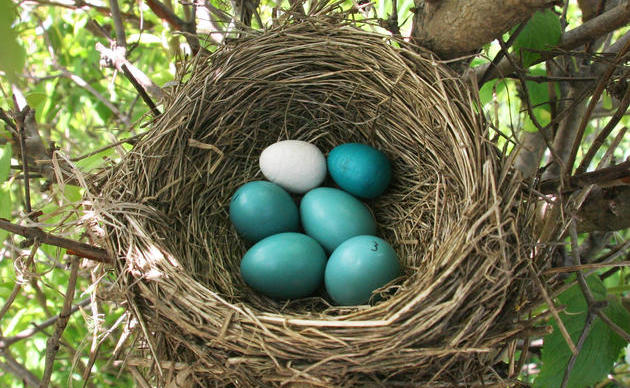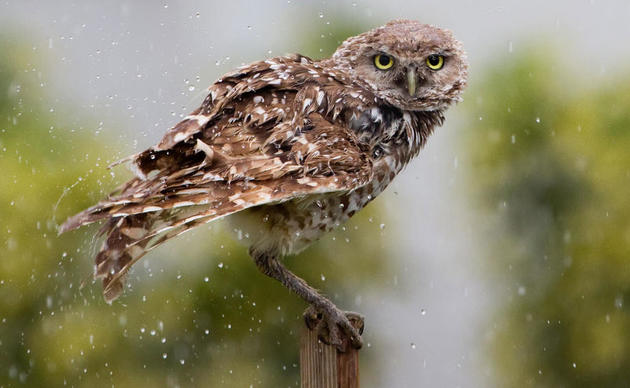Fire is one of the most powerful and enigmatic forces in our natural world. While uncontrolled fire can cause irreparable harm and damage, wildfires are often a natural part of a healthy ecosystem. In the field of ecology, we sometimes think about species or natural phenomena that have the ability to shape entire ecosystems. Fire, whether naturally occurring or prescribed by land managers, is one of those ecosystem engineers. It kills some plant species, proliferates others that are “fire adapted,” and generally resets the ecological clock for a series of new plant communities that will develop over time. Many wildlife species are adapted to this dynamic system of change that is driven by disturbances, such as fire. To remove the disturbance is to remove the conditions those species depend on.
When controlled responsibly, fires are necessary for healthy forest management. Conservation biologists understand the importance of intentionally returning fire to a landscape as a way of improving habitat and recovering declining species. Audubon Mid-Atlantic, in cooperation with Natural Lands and the Cornell Lab, are planning a so-called “prescribed burn” this spring at the Bear Creek Preserve in Luzerne County, PA. The goal is to create young forest habitat conditions that will support Golden-winged Warbler and Ruffed Grouse populations.
The Golden-winged Warbler has been declining for more than 50 years and is estimated to have lost more than 90% of its population in the Appalachian Mountains region. For successful breeding, the species requires young forest (typically less than 10 years old) with a mix of herbaceous (grassy) openings. Golden-wings also require more mature forest nearby, as adults and fledglings forage amid larger trees after nesting and prior to fall migration. The Ruffed Grouse is an iconic forest species and the state bird of Pennsylvania. In recent years, grouse populations have declined precipitously because of West Nile Virus that is mediated by climate change. While prescribed fire cannot reduce the prevalence of West Nile Virus or change the climate, science has shown that Ruffed Grouse populations are resilient to the disease if high-quality habitat is available to meet the needs of their breeding cycle.
The timing of prescribed burns to achieve a desired habitat outcome can be tricky and sometimes involves a tradeoff. One might think that burns conducted in fall or winter would be best, as migratory birds are not present during those seasons. However, burns during fall and winter tend to favor woody plants and don’t produce the herbaceous openings that some bird species need. Spring burns yield the desired conditions, but run the risk of disturbing migrating or even nesting birds, and often make habitat temporarily unsuitable for the very species we are trying help. The upshot is that while spring burning might disrupt an individual bird’s breeding cycle or briefly take away its habitat, in the long run the post-fire conditions will provide quality breeding habitat for years to come.
There is a significant difference between destructive and uncontrolled fires like those we have seen in recent years in the Arid West – the magnitude and frequency of which have been boosted by climate change – and prescribed burnings meant to restore natural balance to an ecosystem.
The prescribed burning undertaken at Bear Creek Preserve will be done with all of the proper permits, safety precautions and with the aid of fire experts, who know how to set and control fire to minimize risk to humans. The Bear Creek fire will be “fire for good” – fire that will return historic disturbance and contribute to stabilizing two of Pennsylvania’s most beautiful and iconic forest bird species.







